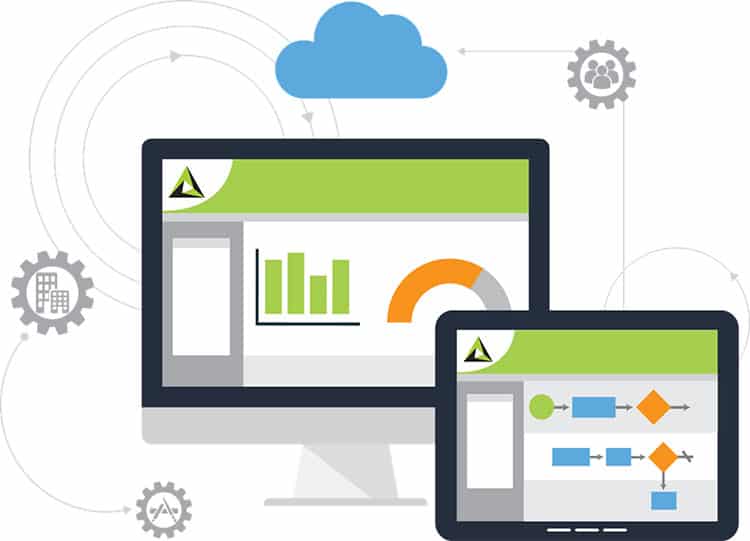Learn How B2B Integration can Revolutionize Your Business

The business landscape is undergoing a major shift. Driven by digitization, it has transformed into an environment where organizations rely primarily on their customers and suppliers. To function in such a challenging business environment, companies need to build an enriched digital ecosystem facilitating closer collaboration and new joint work practices.
The role of technology comes into play here. Proper technological avenues can help businesses get align with the changing business landscape. One such technological solutions being B2B integration.
B2B Integration: Connect, Communicate, and Collaborate
B2B integration represents a new paradigm in the world of business as it allows organizations to digitally connect as well as communicate quickly and reliably with entities such as manufacturers, shippers, retailers etc. Besides, it allows companies to work and collaborate with partners and end customers.
It is an automated business communication interface between myriad organizations. In short, B2B integration is a comprehensive strategy that enables automation of the business process and strengthens the foundation of businesses for integrating crucial business applications.
Need for B2B Integration
Organizations take a B2B integration approach to integrate, automate, and optimize primary business processes that establish a link between a company and its associated ecosystem entities including, customers, suppliers, logistics companies and financial institutions.
B2B integration platform facilitates secure and cost-effective data exchange of large streams of data (Big data) along with business process integration. While conventional integration solutions, for example, electronic data interchange predominantly focused on streamlining the digital exchange of documents, B2B integration solutions provide a wide range of feature including, supply chain analytics, and community management, business process management, supply chain visibility, to name a few.
Features Explained
Today’s competitive market comprises two types of integration solutions, on-premise and cloud-based. Now, each of these platforms comes with its distinctive features. However, each of these integration platforms has a common set of attributes including,
- Collaboration Portal
B2B integration platforms provide a web-based interface that business users can employ to function in the same place and establish connections. Collaboration portal for Internal and External Users allow users to have a holistic view, helping them create connections and resolving problems encountered – all from a single platform. This feature improves the organization’s ability to make decisions that directly enable organizations to reap benefits such as sustained communication and improved relationships with stakeholders.
- Standard Customer/Supplier Portal
B2B standard customer/supplier portal enables a company to cater business-critical information to its partners, learn more about connections, and create as well as manage various data interfaces. The need for the companies to craft proprietary portals gets eliminated. In addition, externals partners need not log in and execute operations in separate portals.
- Application Connectors
Modernized B2B integration solutions consist of a multitude of pre-built application connectors that allow integrating a host of cloud applications such as MS Dynamics, NetSuite, Salesforce, HubSpot, Zendesk, Dropbox, Twitter, Facebook, OFX, and many more. This feature is curial for automating business processes.
- Shared Templates
B2B integration platforms allow companies to create transaction templates to either receive or transmit business information that may include, orders, shipping information, contacts, invoices, orders, inventory information, leads, contracts, and more. Using such shared templates, companies can make easier connections.
- Monitoring Dashboard
A monitoring dashboard helps companies to easily view information exchanged in real-time. Additionally, this dashboard can be used to take a look at historical logs along with the history of data processes. This feature proves extremely helpful for detecting problems or errors encountered while data is being processed.
- Security
Modern B2B integration functions in an end-to-end encrypted environment. This means, no security is breached during data transfers and exchanges, and so the data does not lose its authenticity. Users need to have the authorization to log in to the application
Apart from this, modern B2B integration platforms have features like Transaction Configuration Wizard, Data Mapping, data protocols, data formats, and a message center.
Benefits of B2B Integration
Enhanced Data Quality
Modern data integration platforms can enhance the quality of data by reducing manual input and forming a virtual quarantine. The integrity and accuracy of data gathered from respective trading partners are restored. So, the risks of dealing with corrupted data are minimized and secure data exchanges are allowed.
Improved Visibility and Control
Integration platforms deliver supply chain and operational visibility. It is responsible for bringing all data together and make it visible across the contours of an organization. Along with real-time visibility, B2B integration helps companies to indulge in performance evaluation.
Faster Onboarding that Drives IT Productivity
B2B integration platforms fasten the onboarding process up to 80% faster. So, instead of waiting for months, customers or partners can access services in a few days. This has a direct impact on the company’s time-to-revenue. Further, as delivering service time is alleviated, enterprises can maximize their ongoing engagement and productivity.
To summarize, a B2B integration platform helps organizations reduce enhance data quality, onboard customers/partners much faster, improve productivity and fast-forward revenue.
Have you read?
# 6 Things You Might Not Know About Japan’s Shinkansen.
# These are the countries with the largest number of immigrants.
# Interview With Robert Strzelecki CEO Of TenderHut Group.
# 5 Ways to Build a Winning Team: It’s not easy by Laura Freebairn-Smith.
Bring the best of the CEOWORLD magazine's global journalism to audiences in the United States and around the world. - Add CEOWORLD magazine to your Google News feed.
Follow CEOWORLD magazine headlines on: Google News, LinkedIn, Twitter, and Facebook.
Copyright 2025 The CEOWORLD magazine. All rights reserved. This material (and any extract from it) must not be copied, redistributed or placed on any website, without CEOWORLD magazine' prior written consent. For media queries, please contact: info@ceoworld.biz








